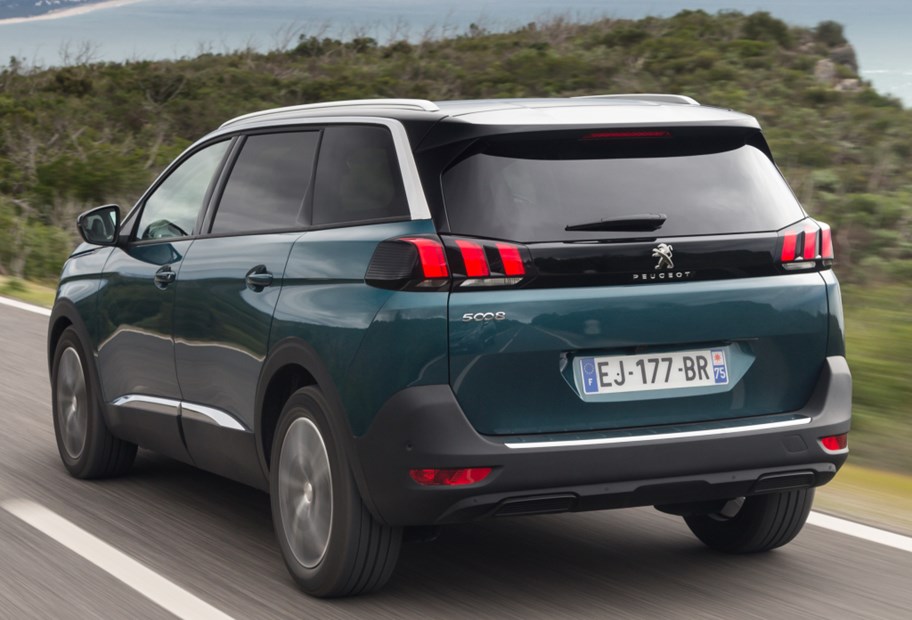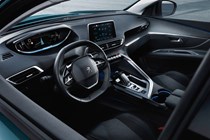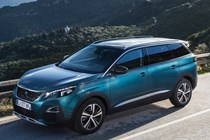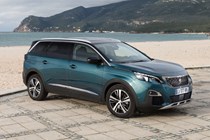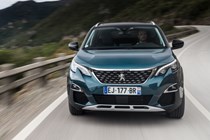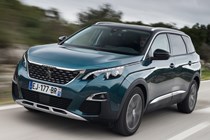The new Peugeot 5008 is proof positive that demand for traditional MPVs is dying. Certainly when looking at the number of offerings available to buy, and the way in which carmakers are switching from these people carriers to more appealing-looking crossovers. This car is the latest seven-seat MPV to transform into Crossover.
The 5008 is basically a 190mm-stretched version of the 3008, Peugeot’s distinctive five-seat SUV. But big brother will cost a couple of grand more model-for-model. Expect the entry price around £23,795, and UK deliveries beginning in September.
What is the diesel version like to drive?
We drove the flagship model first, a 2.0-litre BlueHDI diesel with 180hp, mated with the six-speed automatic transmission. On poorly-surfaced roads, it has a busy, uncomfortable ride, and the 3008’s responsive, sweetly weighted steering, feels like it’s been filled with concrete.
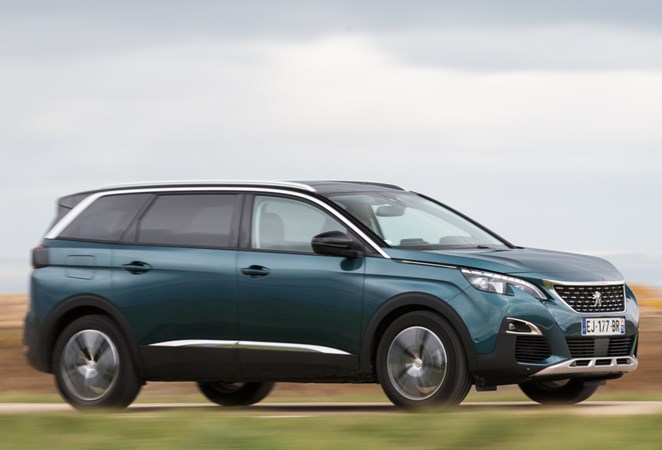
The diesel engine is smooth and adequately hushed, with sufficient acceleration: it’s the quickest 5008 – just – with 0-62mph in 9.1secs. The automatic transmission intuitively hangs onto second and third gear on challenging roads, but throttle response is lazy, particularly upon kickdown. There’s a sport button to remedy that.
For the record, combined fuel consumption is 58.8mpg, and this 5008 emits 124g/km of CO2.
Is it better as a petrol?
Much better. The top spec diesel in plush GT trim – wonderfully quilted leather/polished steel/appealing pale wood – weighs a hefty 220kg more than the base 1.2-litre manual turbo, and the HDI has a distinct, firmer set of springs and dampers, to go with its 19-inch rims.
Jump into the 1.2 Puretech petrol using the same automatic gearbox, and the difference is instantly apparent. Turn the tiny steering wheel, and the nose responds more eagerly, with a lighter touch and less springy resistance.
The ride, on 18-inch rims, is also far more settled, fluidly absorbing the crevices and crests, and with superior body control. The 1.2 just feels so much more nimble, for which you can partly credit the commendably light, 1317kg kerbweight.
And that means the three-cylinder turbocharged engine can cope with the longer SUV’s demands, almost all of the time. Two up, the mid-range feels a bit wheezy on the hills but otherwise the engine retains the spritely urge we love in the Citroen C3 and DS 3.
What’s it like inside?
That sense of civility is enhanced by a cockpit that lavishes space on its occupants. The second row of seats, usefully of identical size so you can get three child seats abreast, has more legroom than a business class flight.

A pull of the handle at squab level, and the seat folds flat, making it easier to clamber into the rearmost seats. Get your mid-seat passengers to share their legroom, and there’s sufficient space for a six-footer to wedge his feet under the seat ahead and cope with a half-hour journey.
The boot is vast: 952 litres behind the second row of seats. Yank a little lever, and you can even remove seats six and seven, saving the day when unexpected BBQ guests arrive or freeing up two more pockets of 40 stowage litres. Stripped down in this way and with the middle three seats folded, you can cram in 2150 litres of junk.
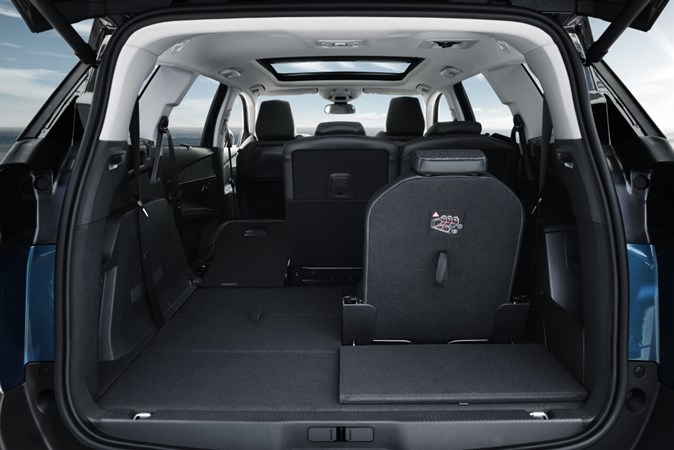
Up front, the dashboard architecture is identical to the 3008’s, with Peugeot’s sophisticated i-Cockpit control system standard in the UK. A 12.3-inch screen renders digital dials, which you can supplement or replace with your choice of information such as 3D navigation or safety feature displays.
It’s complemented by an 8.0-inch central touchscreen, with pinch and zoom function, and eight metallic shortcut keys which make it a cinch to use – once you’ve mastered Peugeot’s quirky submenu filing system.
It’s well equipped
Standard equipment includes on the top model:
- Mirrorlink to access smartphone functions on the move
- Speed sign recognition
- Automatic emergency braking and distance alert
- Lane keeping assist and blindspot detection
- Automated cruise control which centres the car in its lane
- Massage seats
- Advanced Grip Control
Verdict
If you discount (good luck) the more expensive Land Rover Discovery Sport and the older Nissan X-Trail, it’s a fight for your money between the polished Skoda Kodiaq and the 5008.
The pragmatic Skoda Kodiaq is the default choice if you need four-wheel drive, but the Peugeot has more flair, a marginally better package and the edge on refinement. And with an extended VW Tiguan coming this year, ‘compact’ seven-seat SUV buyers have never had it so good.
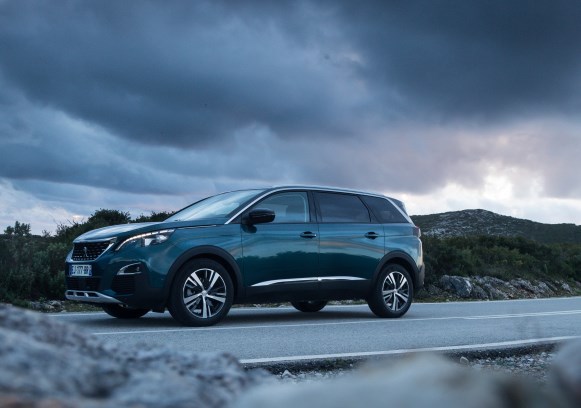
Just so you know, we may receive a commission or other compensation from the links on this website - read why you should trust us.


